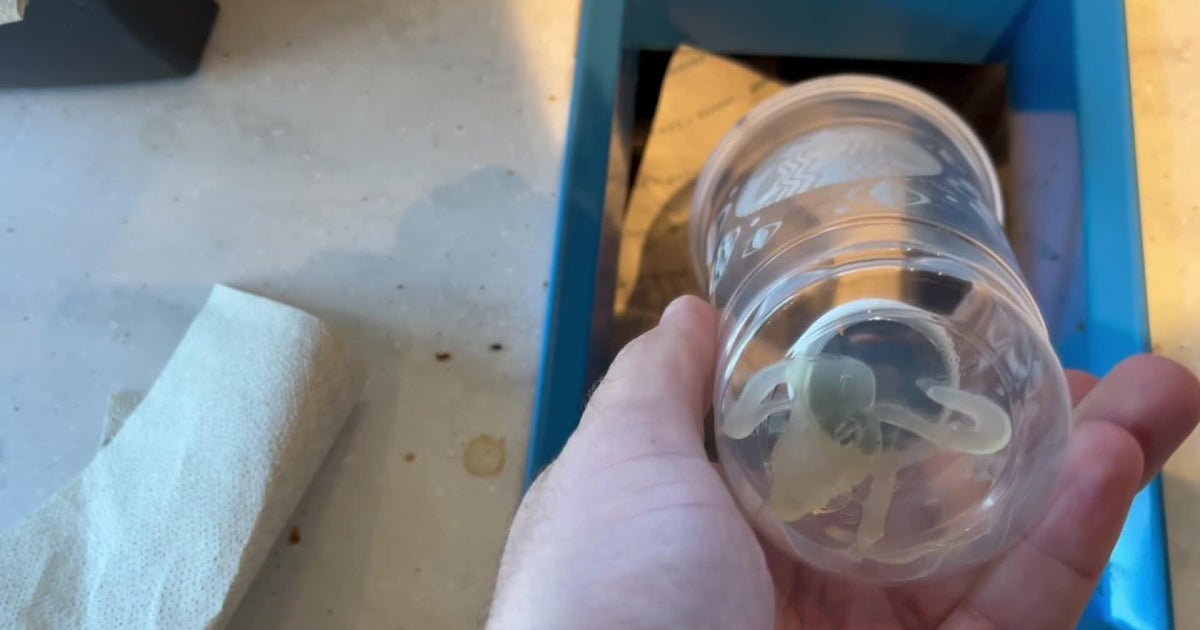2011 Marked End Of An Era For NASA
MIAMI (CBS4) – 2011 marked the end of an era as NASA retired its manned space shuttles after 30 years in space.
As the shuttles were packed off for their final resting places in a handful of museums, NASA turned its attention to the future of manned space travel and possibly trips to an asteroid and Mars.
On July 8th, 2011 the shuttle Atlantis rocketed from the Kennedy Space Center into the clouds and beyond. It was the 135th and last mission for NASA's shuttle program. Atlantis' liftoff was in marked contrast to the first shuttle launch back on April 12, 1981. Back then the shuttle Columbia took off with only 2 astronauts on board rather than the 5 or 6 which made up most crews over the program's three decade history.
Over the course of the program, the manned shuttle program revolutionized space exploration. Not only did it launched the space telescope Hubble and help build the International Space Station, it also made possible hundreds of experiments which changed lives on earth and laid the groundwork for long-term space travel in the future.
The shuttle was the world's first reusable space vehicle. In all 355 different people representing 16 different countries flew aboard space shuttles which completed more than 21 thousand orbits of the earth.
"Each mission was different, each was exceptional and challenging and expanded our capabilities as a nation and the world," said NASA administrator Charles Bolden.
The program, however, came at a cost. In 1986, the shuttle Challenger exploded shortly after lift-off and in 2003, the shuttle Columbia broke up on re-entry. In all, fourteen lives were lost.
"We will never forget them, nor the last time we saw them, this morning, as they prepared for their journey and waved goodbye," said then President Ronald Reagan in an address to the nation following the Challenger tragedy.
In 2004 President George W. Bush issued a new directive for U.S. space travel which called for an end to the low Earth shuttle program in favor of deeper space exploration. President Barack Obama reaffirmed that plan when he took office.
For now American astronauts have to hitch rides to the international space station on board Russian Soyuz rockets. NASA continues to design and build the next human spacecraft dubbed ORION. If all goes to plan NASA hopes to have humans on an asteroid by 2025 and on Mars less than a decade after that.



